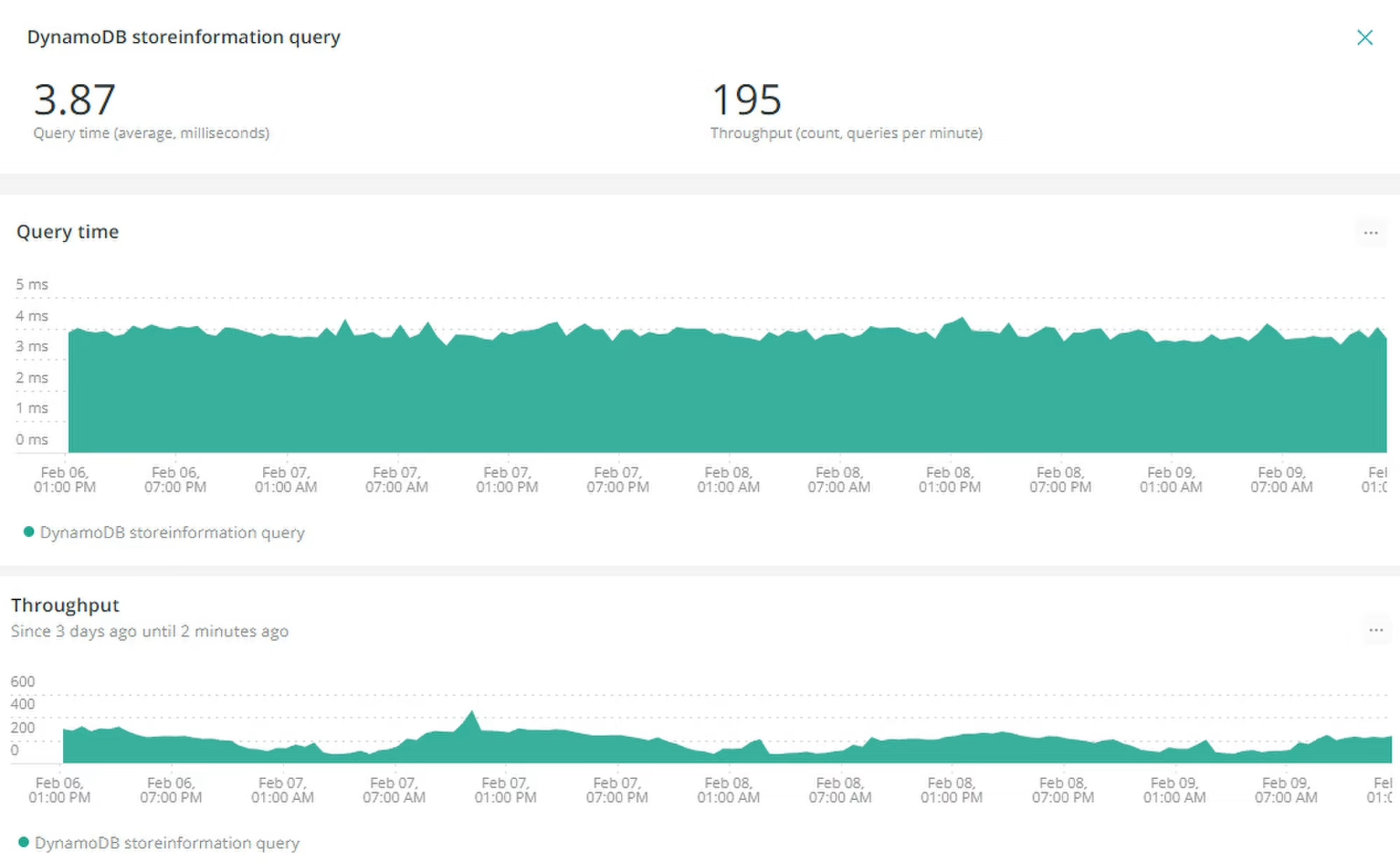As online shopping experiences and digital spend continue to grow in an ever-changing world, being able to quickly push new features is a a key goal to pursue. At Fenego, we accelerate the development of new features by desiging best-of-breed solutions and isolating custom USPs in microservices.
In this article we zoom in on some technical aspects of our microservices and reveal why this is exactly beneficial for modern organizations. One of our in-house experts, Vincent Nagy, explains how we're able to deliver ultra-fast and flexible features.



